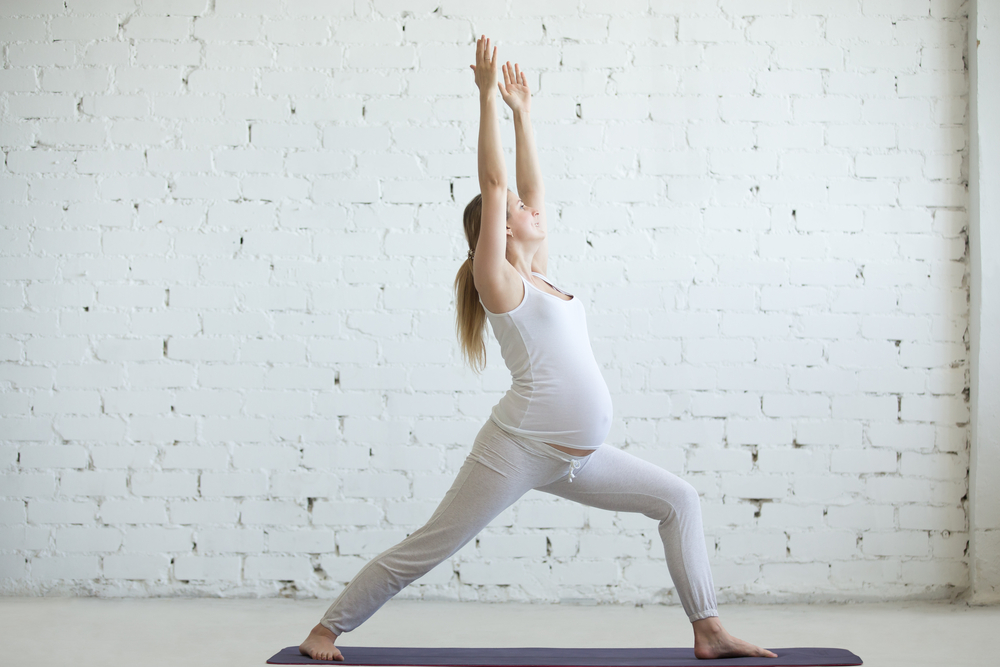Regular exercise throughout pregnancy is beneficial and advised. Your body will become stronger, making it easier to carry a growing child, and your stamina and endurance will improve throughout childbirth. For many pregnant moms, choosing which exercises to do and how frequently might be stressful. How does a healthy pregnancy workout routine look? We worked with three trainers from Aaptiv, a fitness app that gives audio workouts directed by experts and driven by music, to present a breakdown of pregnant activities for all three trimesters.
The Importance of Strengthening Muscles During Pregnancy
It's crucial to prepare your body for the many changes that occur throughout pregnancy. According to Aaptivtrainer Jaime McFaden, an ASM perinatal and PROnatal certified fitness instructor, the body undergoes more changes in 10 months than a man's lifetime. “Your body needs to be strong to endure all the changes and recover post-delivery.”
NASM-certified Aaptiv trainer Jade Alexis concurs, stating that pregnancy causes additional weight on the front of the body. Stronger people can handle 30 to 40 pounds more easily. Additionally, the endurance will aid a smooth delivery.”
Another good news? A few exercises should be avoided if you worked out before pregnancy, but most are fine. The whole torso region must be spacious—you're housing and generating room for this individual. Avoid lying, crunching, or twisting the belly, advises FRCMS and 500+ RYT-certified Aptiv trainer Nicole Sciacca. I would avoid any sport that requires that.
Pregnancy Workout Plan for First Trimester

Many of the workouts here are safe for all three trimesters. Always consult your doctor, since every mom-to-be has distinct requirements and limits, particularly as pregnancy advances.
Pelvic Floor Exercises
Bridges
During pregnancy, your pelvic floor is one of the most important muscles to strengthen. Bridges are a great way to work your glutes, lower back and pelvic floor in all one. You can do a Kegel at the top of the bridge to add in some extra pelvic floor strengthening.
- Grab a mat and lie on your back so your knees are bent and feet are flat on the floor.
- Lift your hips, forming a straight line from your knees to your shoulders.
- At the top of the bridge complete a Kegel by squeezing your pelvic floor muscles. Imagine you’re trying to hold in a full bladder. The muscles that you’re squeezing are your pelvic floor muscles.
- Slowly lower your hips back down to the mat.
- Repeat 10 times, for four to five sets or for as long as you feel comfortable.
Leg Exercises
Hamstrings Curls on a Stability BallPregnant women should do leg exercises to strengthen their legs, says Alexis. This one requires a mat and stability ball. Make sure your doctor approves before trying. Do the exercise:
- Lie face up on a mat, with your heels and the bottom halves of your calves resting on the stability ball. Your arms should be alongside you, your palms facing down.
- From here, lift your hips off the mat, as you would for a bridge exercise. Your head and shoulders should still be on the mat. Take extra care not to strain your neck here. You want to keep your chin tucked into your chest.
- Bend your knees and roll the ball in towards you, lifting your hips up higher as you do this, so that your feet are resting flat on the ball.
- Extend your legs and roll the ball back so that you’re back in your bridge-like position.
- Keep rolling the ball backwards and forwards for 30 seconds. Repeat this for another two sets, or for as long as you feel comfortable.
Core Exercises
In addition to the abdominal muscles, the obliques and quadratus lumborum comprise the core muscles of the sides and lower back, respectively. Your core consists of considerably more than your abdominal muscles. The core muscles influence numerous aspects of daily life, such as the level of effort required to transport provisions up a flight of stairs and one's posture. Conversely, developing a robust core may aid in mitigating the severity of any lower back discomfort that may manifest during pregnancy.
"A lot of the time, after a lot of deliveries, new mothers have pain in their lower back, and that's just because of the core," Alexis asserts. "This is just because of the core." Frequently, when it is time to remove their infants from their cots, mothers fail to contract their abdominal muscles. As a consequence, they develop tension in their lower backs, potentially leading to protracted discomfort.